publications
2017-04-17
The body politic, ART NEWS NZ, Summer 2015
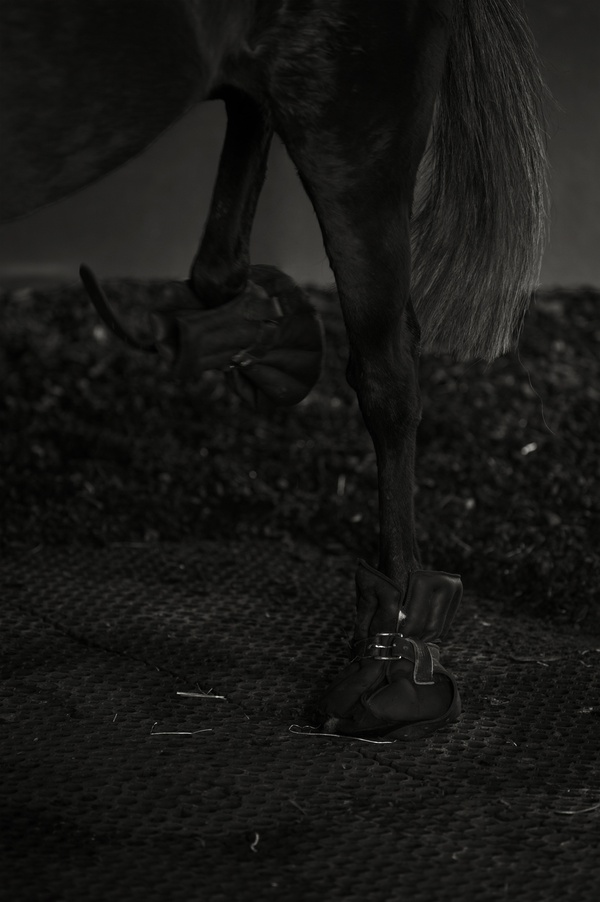
Bruce Connew spent months in a small, dark breeding barn, with thoroughbred mares and stallions, to find his own meanings amongst their orchestrated breeding process. The raw and sometimes violent images are in his latest photo book. Virginia Were, editor of ART NEWS NZ, finds out what motivated this unusual project.
The body politic
Artnews: When did you start working on this photographic series and how long has it taken to make Body of Work?
Bruce Connew: A partly formed notion has simmered for years. Circumstances enabled me to make a start in October 2013, then work for two and a half months. After, I pored over the field work for many months, editing and sequencing, this way and that, looking for meaning in what I'd seen, refining the search over a year to what is very close to Body of Work now.
AN: What was the initial idea for the series – in the text you mentioned a photograph that left a lasting impression on you?
BC: You know, that photograph, seen many moons ago, of a draught horse stallion mounting a mare, with an attendant guiding the stallion's penis, is a default answer. The real answer, no doubt, is a lot more complex. When I visited the horse stud before the breeding season, the head breeder led me through the process, without horses, and I knew, from his 15-minute commentary and enthusiasm, that this was my project. There was so much more physiologically and psychologically than I could have imagined. In the fieldwork and the editing, much, much more came to light. This is my process. A search.
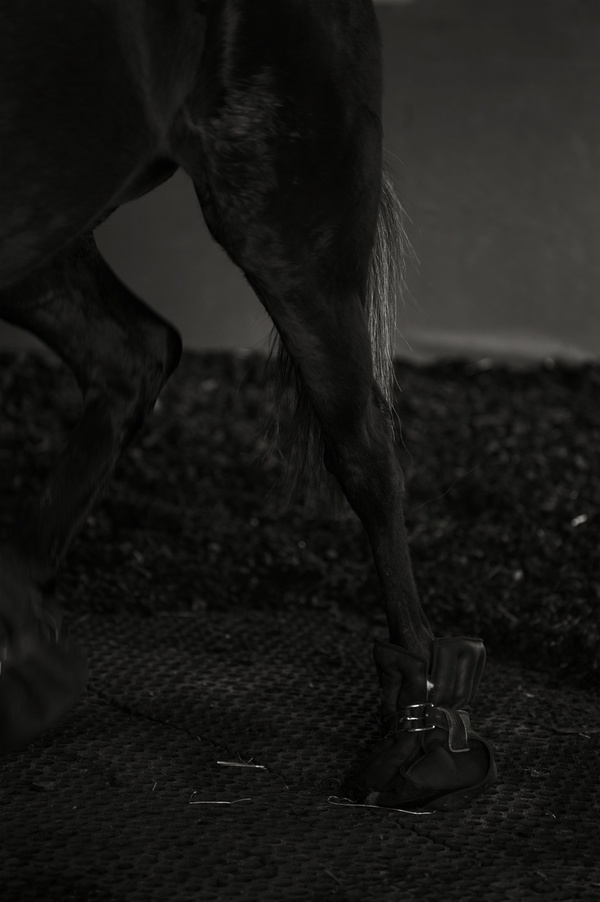
AN: What interests you about the subject of thoroughbred breeding in New Zealand? it’s a huge industry of course, but very few people witness what goes on inside breeding barns.
BC: To be honest, I'm not interested in the thoroughbred industry. I was curious about this process of orchestrated procreation, and what it might mean. It's raw and real. More than that, after a month of work amongst these magnificent beasts, it dawned on me that the brood mares, in particular, had an anthropomorphic capacity to reflect, and were able to communicate that reflection through mournful eyes, possibly to any person about, and certainly to me. Maybe this is my construction – as I've said in the brief afterword of Body of Work – but my grasp of this theory, not completely formed, changed the game. It raised the presence – beyond economic politics – of gender politics and sexual politics – an appreciation of the work recognised immediately by my youngest son, who is a dancer and choreographer in Berlin.
AN: Was it difficult to get access to the breeding barn and what was it like working there? It looks like a dangerous place to work! Did you rely on your zoom lens to get these very intimate and close-up images?
BC: Nothing happens in a vacuum. A friend introduced me to the stud owner, who, after my spiel, smirked slightly, and said, “Whatever blows your whistle”. From then on, the head breeder welcomed me into the fold, and not once questioned my repeated presence.
Given the size of the horses, particularly as the stallion rears to mount, the breeding barn is small, tiny even. I respected the professionalism of the handlers, and readily took instructions, but mostly, I was left to slide along the padded walls depending on what was happening in a constantly moving, and very fluid environment. Only once did I feel completely compromised by a stallion, who chose, thankfully, not to use the moment.
The technically difficult breeding barn, with its low light and confined space, together with what I could see I wanted to photograph, determined the intimacy of the images. This is not a documentary about horse breeding. I removed as much context as possible, by a formal, truncated gaze, so I could look at propositions beyond the horse breeding process.
One Italian publisher said it was “too strong” for them and they couldn’t publish it.
AN: The book is published by Vapour Momenta Books – the pocket-sized publishing arm of you and your wife Catherine Griffiths. Can you talk about the process of making the images into a photo book?
BC: We proposed the book to about a dozen smaller but superior photo book publishers in Europe and the United States, but to no avail. About half responded. One Italian publisher said it was “too strong” for them and they couldn’t publish it. My process is straightforward. I return from the field and edit and edit and edit, constantly refining my search of the images, then select – sometimes with the help of a small number of trusted others – particularly Catherine – and then sequence. I make smaller-than-postcard size prints and lay them out, constantly shuffling, investigating ideas with juxtapositions and assorted links. This will determine the final edit and sequence. It’s a process to savour. I love it, even its frustrations, when you see you are not as good in mind or technique as you would like to be. The size of the book comes from my instinct – often small – and chosen to suit the proportion of the image, with a narrow white border. This book is larger, 340mm upright, so, if you sit at a table to look at the book, the images will be inescapable. Catherine makes the typography for the covers, title page and any text. I have no say in this whatsoever, and each time, it has been perfect. We discuss the book and its meanings throughout the process, and probably forevermore. It is a book for me, for us, and we can love it alone.
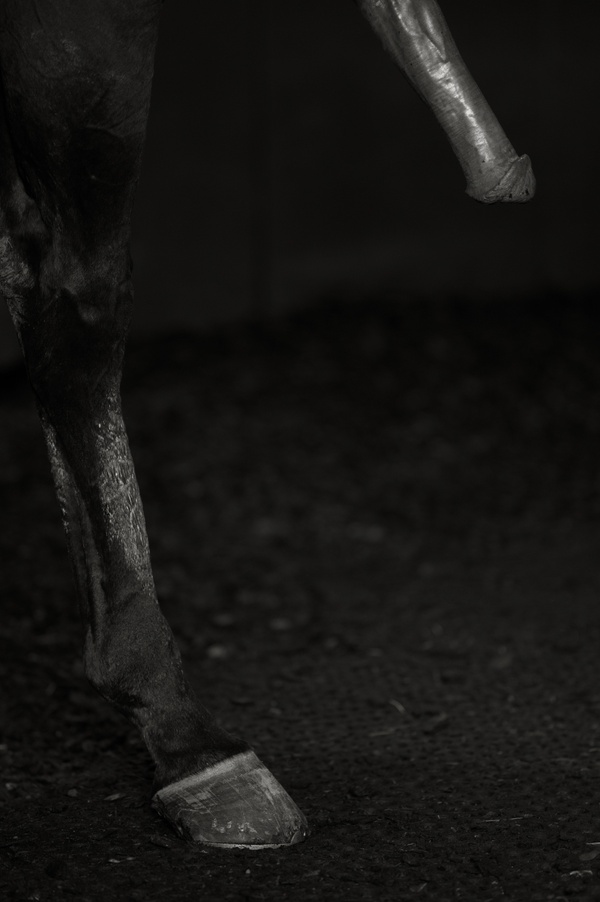
AN: The book will be launched in November during Paris Photo 2015. Will we see these photographs exhibited in New Zealand at some stage?
BC: The book has always been my preferred venue. It’s a chance for the complete idea. The book is possible because a New Zealand collector bought a complete 38-image exhibition set of the series on the proviso that the money is used, not to pay off credit card debt and mortgage, but rather for a book of the work. The collector has framed the images and internationally-crated them to have them available for exhibition anywhere at anytime. This is a show of faith for which I'm very grateful. Creative New Zealand gave a modest but crucial amount. There's no rush to exhibit, the work itself will determine when and where it is shown.
AN: How have people reacted to the explicit nature of the images and the fact that it’s an unusual subject – even in the context of contemporary art? I can’t think of any other New Zealand artist who has tackled this subject.
BC: The work has encouraged reaction – from the frivolous to the deeply considered. It seems not to have been a regular subject; it's not a simple subject – either intellectually or practically. The key for me is the anthropomorphic screen, which I hadn't considered at the start, yet it’s crucial to the meaning of the whole. The subject is not horses, but rather the meanings suggested by the processes and apparatus of their orchestrated procreation.
AN: I love the way these images are poetic and romantic. They’re dimly lit, black and white photographs of very beautiful, powerful animals – very 19th century – yet they’re also unflinchingly biological – we see the copious body fluids of the mares and stallions during copulation – and they’re also vaguely pornographic. We see the stallions’ enormous penises, the mares decked out for mating in leather boots so they can’t injure the much more ‘valuable’ stallions by kicking them. It’s a potent mix. Did you anticipate these contrasts and qualities when you began?
BC: Some of what you explain was anticipated, but far from everything. My process is a search to expand on an early idea – the opposite of conceptualism, I suppose. It has been that way from the beginning. The details discovered on the way are crucial to my work, such as the leather boots you mention, and what they can mean seen through an anthropomorphic screen.
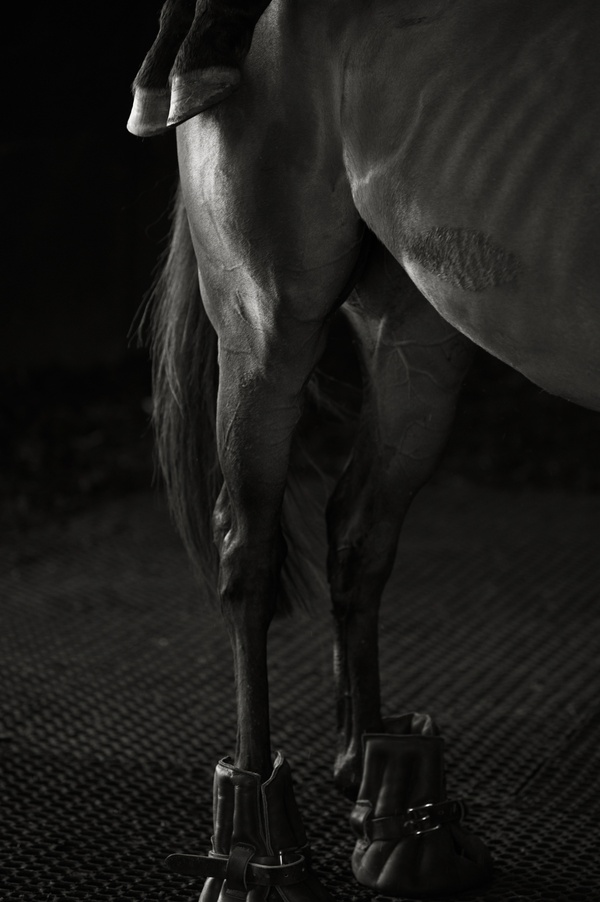
AN: I’m interested in the way you edited the photographs in a cinematic way, pairing them in the book to give a sense of time passing. We see slight movements of the horse’s legs, the moment before mating and then the mating itself. Was this a conscious editing strategy?
BC: The editing process is conscious, with the subconscious permitted to do its job. It's a thrill. There’s a simple narrative line in Body of Work, but each image emits other sub-texts and pathways to the point where the simple narrative line is undermined. The pairings and single images are part of a suggestive process – as is the darkness of the prints. This is why we had the printers print the work as dark as we dared. It's a dark work.
AN: Also interesting is the way you seem to have photographed the series from the mares’ perspective – we see their eyes, which you describe as “mournful” in the foreword.
BC: The mares and their “mournful” eyes became the politics in the process of this work, which is why they are placed in the book with calculation. There are stallion faces, at the moment of, and the moment after, ejaculation.
AN: Especially poignant is the image of the mare and foal – the mare is about to be impregnated even though she has a foal at foot.
BC: If you apply an anthropomorphic screen, to keep using this phrase, to this image, it becomes disturbing.
AN: What was the biggest challenge for you in making Body of Work?
BC: Finding the money to produce the book – it always is. And the uncertainty about whether the work will capture the imagination.
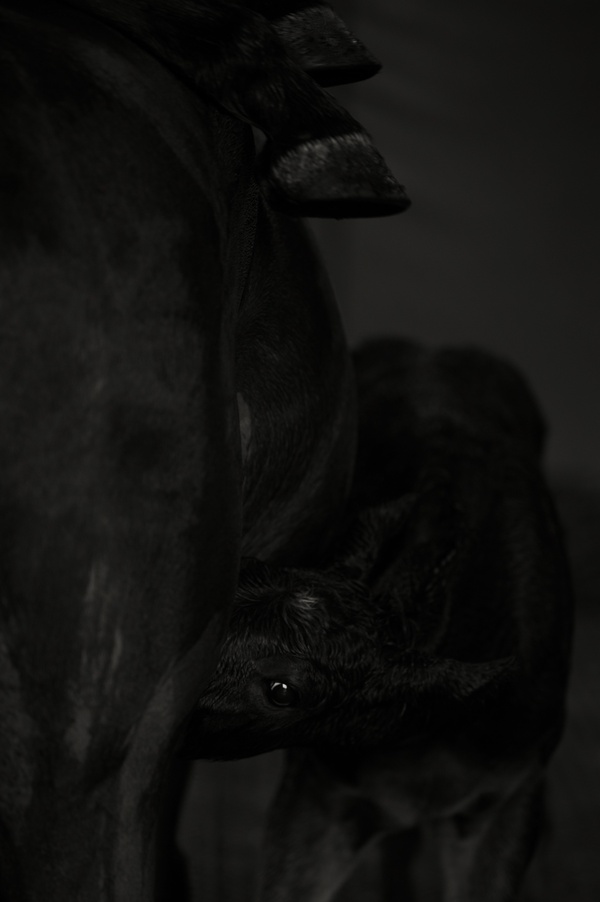
AN: Your work has often had a socio political focus – for instance Muttonbirds – part of a story, looked at one man’s battle to continue the traditional practice of harvesting muttonbirds. And Stopover documented the tiny Indian-Fijian sugar cane settlement of Vatiyaka, and traced a story of migration. How do you see Body of Work relating to your previous documentary projects, or is it quite distinct?
BC: It fits right in – social and political, no matter the style. There are clear links between all my key projects. When Mercedes Vicente showed I Must Behave at the Govett-Brewster Art Gallery in the exhibition Photo HiStories, we assembled a small vitrine exhibition of my books and some catalogues, as well as the prints on the wall. Though the styles varied, there was a very clear picture of a long social and political enquiry.
AN: What are you planning to do next?
BC: Apart from trying to clear credit card debt, I have another book, the third in the ‘I’ trilogy, that has awaited its chance since 2007. Maybe it will be published in 2016. I’ve also completed the fieldwork for another – and again different – project.
‘Body of Work’ is available in New Zealand and can be ordered from bruceconnew.com/books/.
VIRGINIA WERE / BRUCE CONNEW / Summer.2015